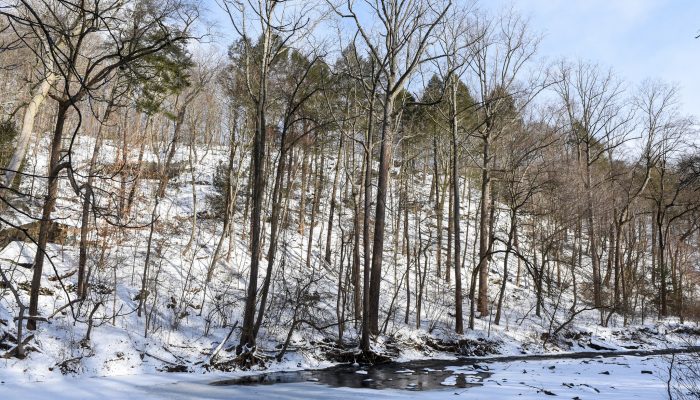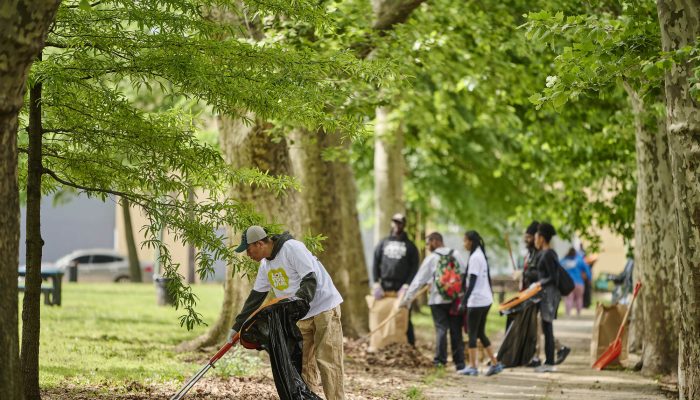“Herpetology” is the word for the study of reptiles and amphibians. “Herping” is the act of looking for those snakes, lizards, frogs, toads, and other creatures. Recently, guest blogger Bernard “Billy” Brown filled us in on what you need to know about herping in the winter. Edited by Amy Hopf.
Reptiles and amphibians can’t produce heat on their own. They rely on the environment around them for warmth. So what happens to our cold-blooded friends when winter hits?
Many animals hibernate through the winter in our region. Our snakes, lizards, frogs, and toads find a comfy spot to wait out the winter. That might be deep in leaf litter, in the hole of a tree, or in an old stone wall that faces the sun. It’s unlikely that you’ll see these critters until the spring. That said, you might spot a snake catching some rays during a warm spell.
Some of our frogs hibernate on land. Wood frogs or spring peepers can survive a little freezing during the winter. They use something like antifreeze in their bodies to prevent ice crystals from growing and damaging their cells. This allows them to be ready to breed once the ground thaws.
For our frogs that like water, hibernation means staying underwater. They survive because:
- Their permeable skin will let them get oxygen from the water and get rid of carbon dioxide
- As temperatures drop, their metabolisms slow down and they need less oxygen
- Colder water can hold more dissolved oxygen.
As for water turtles, their skin is too thick to allow for the exchange of carbon dioxide for oxygen. They take advantage of their mouths and their cloacas to “breathe” underwater. You’ve got that right: they breathe through their butts.
Critters like red-back, stream-bed, and two-lined salamanders do not hibernate. They burrow a little deeper or stay in the water to evade the frost, and then get back down to business on warmer days.
Snap a quick photo of any creatures you find this winter!




